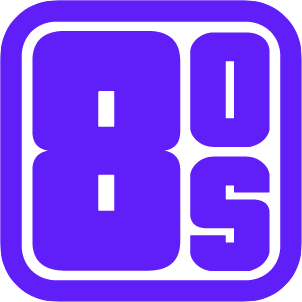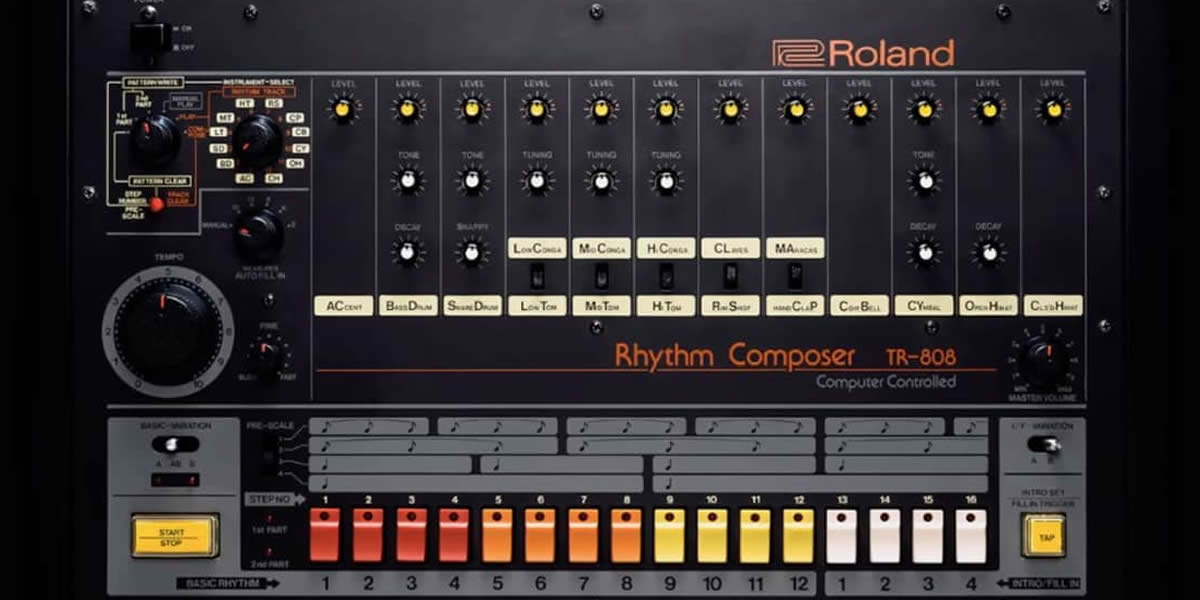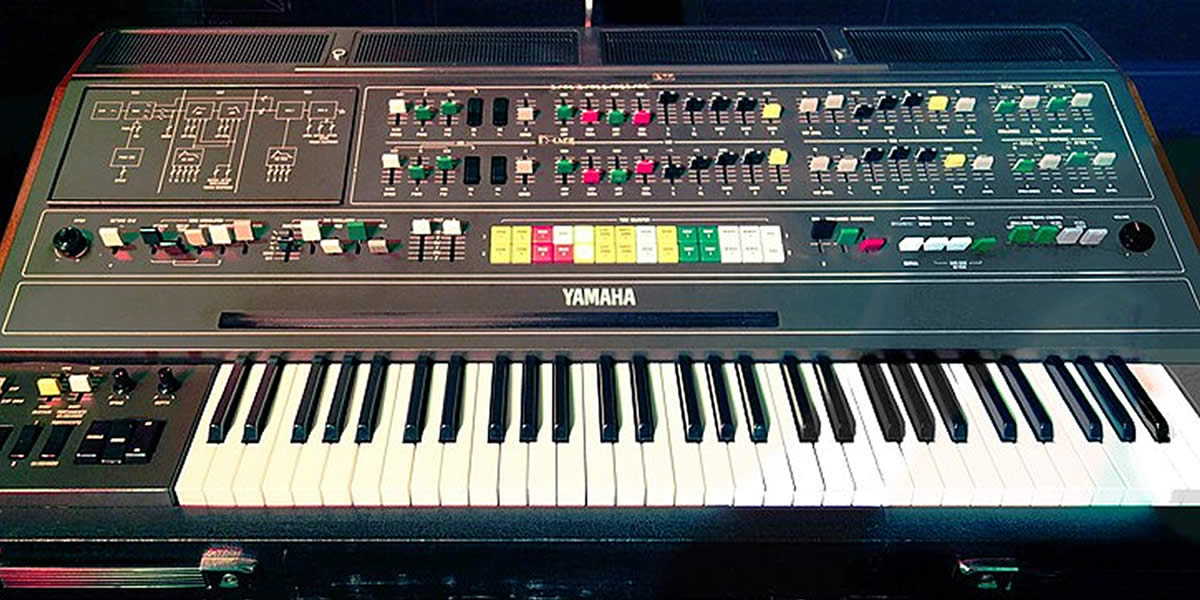The 80s marked the start of the personal computer era, and the creation of 80s freeware changed software distribution forever.
The computer era began at the start of the decade, and it transformed the way that people lived, worked, and communicated. And, although software was readily available at various outlets across the country, many programs could get quite expensive. In 1982, all of that changed when the first freeware was traded between computer enthusiasts across the country. This freeware revolution changed the way that software was distributed and laid the groundwork for the digital sharing economies that we use today.
The Birth of 80s Freeware
The early 80s provided the perfect environment for the growth of freeware. Computers were everywhere, thanks to big names like IBM and Apple. As a result, there was a massive demand for software to use on these devices. At the time, software distribution systems were still undergoing significant transitions. Traditionally available commercial software sold at much higher prices and was protected by restrictive license agreements. This created a gap that ultimately led to the development of an alternative model for software distribution.
As the availability of computers grew throughout the early 80s, so too did the rise of the hacker culture. There were groups of programmers and enthusiasts all around the world who believed in the free exchange of information and code. It was a counterculture, that was filled with tech-savvy users. The Internet as we know it today, didn’t exist. However, there were dial-up bulletin board systems which are similar to current-day forums. These systems allowed for the rapid sharing of software and were even instrumental in the distribution of the world’s first web browsers in the early 90s.
The Developments That Helped Create 80s Freeware
There were many developments in the early 80s that helped give rise to the first 80s freeware programs.
The Birth of 80s Freeware as a Concept
It’s important to remember that the term freeware was actually coined in 1982 by Andrew Fluegelman. Long before the existence of modern-day messaging apps like Messenger or Skype, there was PC Talk. It was a very popular communications program that was used by tech-savvy computer owners in the early 80s. He created the software, but he didn’t want to charge for its use. Instead, he encouraged users to contribute if they found it useful, and share as they felt necessary. This model of distribution allowed users to download, use, and share the software openly without any form of legal repercussions. And, at the same time, people who found the software useful actually donated in order to help contribute to future updates.
Following his lead, other developers began to adopt the 80s freeware model. They simply removed the financial barrier, which allowed more people to access their software. This in turn created a larger user base, which contributed to the rapid spread of innovations and new ideas. 80s freeware provided people with an avenue to develop new software programs and share those creations with a global audience.

80s Shareware as a Complementary Model
At the same time, there was also another similar method for the distribution of software. 80s shareware was closely related to 80s freeware, but the main difference is that users could try it for free, but needed to pay for it beyond the trial.. This particular model was actually popularized by two developers, Jim Button and Bob Wallace. They gave users the chance to evaluate PC File and PC Write for a limited time before they had to actually buy it.
This try-before-you-buy method existed before the 80s freeware. It gave users access to fully functional software without having to pay for it upfront. As a result, developers focused on trust and goodwill in a marketplace that had been dominated until then by expensive commercial packages. The combination of both 80s freeware and 80s shareware allowed for a larger spectrum of users to explore the potential of personal computing without all of the financial expenses.
How Bulletin Boards Helped in the Distribution of 80s Freeware
And, 80s freeware would never have happened if it weren’t for the existence of dial-in bulletin board systems. Long before the existence of the World Wide Web, users were able to dial into a centralized computer in order to exchange messages, software, and other files. These networks actually played a vital role in the early days of the Internet. More importantly, these networks were instrumental in the development of freeware as they provided developers with a platform to share their creations.
These BBS communities quickly became centralized hubs for software innovation and distribution. Users could simply dial into a local hub, and communicate directly with the actual developers. It was this direct connection between the creators and users that helped improve the growth and popularity of the 80s freeware movement. It fostered a sense of community that was crucial to the spread of these software programs and the pre-Internet era.
Where Did 80s Freeware First Come from
The concept of 80s freeware began with a software program known as PC Talk. Andrew Fluegelman had developed the software, but he wanted to distribute it to a larger audience. He envisioned an innovative approach to software distribution where people were free to use his software and donate money if they felt that it was beneficial to them. As a result, people would try the software, and then share it with friends, who would share it with their friends. And in no time, tens of thousands of people across the world were using his software.

The Impact and Legacy of 80s Freeware
The start of the 80s freeware movement had a lasting impact on both popular culture and technology. It challenged the existence of commercially available software, by providing an alternative distribution model that emphasized access over profit. 80s freeware promoted the idea that software could be developed and distributed through a community-based endeavor effectively. This gave rise to the modern-day open-source movements that led to the creation of software like WordPress and Mozilla Firefox.
Conclusion
In the end, 80s freeware completely revolutionized the way that software was developed and distributed. By challenging the traditional commercial models used at the time, developers were able to open the doors to innovation. 80s freeware empowered individuals to not only create but to share and access software more freely. This contributed to the democratization of technology that we see today.





